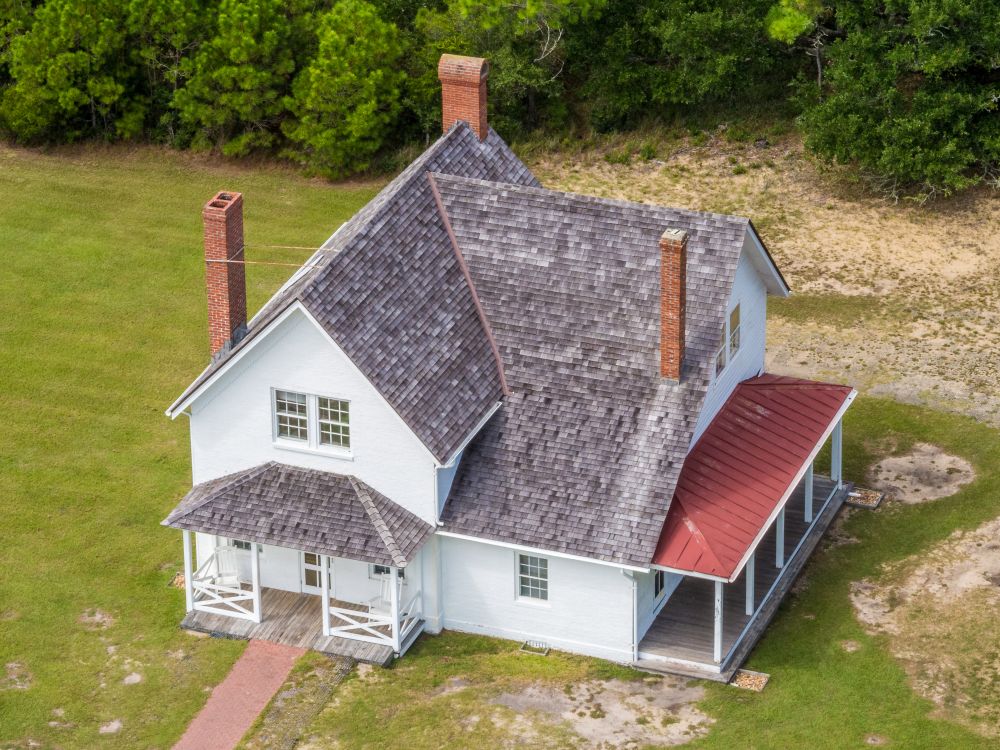
Historical houses have a timeless appeal, thanks to their beautiful front porches, high ceilings, and intricate woodwork. Even if they look nice on the outside, some historic houses may conceal more significant issues. Determine whether or not your historical home provides sufficient shelter. We will help you identify the red flags, understand your options, and explore a wise choice: building a replica of the house that resembles the original but is safe, up-to-date, and valuable. Learn how to assess structural integrity in historical times, so you don’t waste your time or money.
A historic home is at least 50 years old and built in the style of that time, such as Craftsman, Victorian, or Colonial. Many of these homes lack the modern safety features we take for granted, such as controlling moisture or waterproofing the foundation. Consequently, constructors used materials and methods that are no longer in use. Due to this, crawlspace and foundation repairs are common in the restoration of historic homes.
Here’s how to determine if your old house is in disrepair or still standing strong.
A significant foundation problem is the presence of large cracks in the floor or walls. Is there a chimney that is leaning? Flooring that slides? All of these indicate that the foundation is deteriorating.
If the damage is severe, it may not be possible to restore it. Although you can repair your foundation, there are instances where the problems are so severe that starting over might be the most effective solution.
Moisture in the crawlspace can lead to issues like mold growth or wood rot. Many older homes tend to have moisture underneath, particularly if they lack sealing or vapor barriers. Moisture leading to
If windows are blocked or doors no longer fit their frames, it may suggest that the home has shifted or moved. Settling like this often points to issues with the foundation or crawlspace, which may lead to costly repairs throughout the entire house.
Does the smell seem musty? Is the paint peeling off? Is your flooring warped? These are the typical signs of long-term water damage. You can fix a single leak, but multiple leaks and mold growth throughout the house may suggest that the materials have deteriorated beyond repair.
What happens if the house’s original plumbing isn’t grounded, there’s a leak in the roof, and there’s no insulation? You may be considering a gut renovation. The cost of repairs at that point might exceed the home’s value.
If the structure of the house is too damaged to repair, consider creating a replica of it. This approach can still help preserve its charm.
A replica is a newly constructed house that closely resembles the original, utilizing modern construction methods. People who desire a historical house but prefer to avoid maintenance should opt for replicas.
Some of the benefits of constructing a replica home include:
In some cities, if a historic house located in a protected area falls beyond repair, there may be a requirement to build a replica of the original structure.
While it may hold significant value, a historical house that poses a threat to safety needs to be released. It’s possible to address considerable foundation issues, crawlspace damage, or total system failures without having to sell the house. You can rebuild it to be stronger, safer, and just as appealing. Constructing a replica home gives your family the chance to enjoy a cozy future while preserving the history. Unsure of your next steps? Consult a local expert in historical home repairs, particularly someone knowledgeable about foundations and crawlspaces repairs, before making any decisions.
For many years, Atlantic Foundation and Crawlspace Repair has been providing services to Eastern North Carolina. Tom Holland Sr., the founder of the family-owned company, has over forty years of experience in effectively addressing foundation problems. We will thoroughly assess your home and help you plan for a replica if that is the best option for you. Receive a free homeowner’s consultation today.
https://thefoundationspecialists.com/blog/moisture-in-crawl-space/
https://homeinspectioninsider.com/common-signs-of-foundation-issues-failure-repair-costs/
https://www.huberroofing.com/blog/everything-you-should-consider-with-historic-building-preservation
A Historical Salem Mansion Was Replicated in Brookline, and Now It’s for Sale